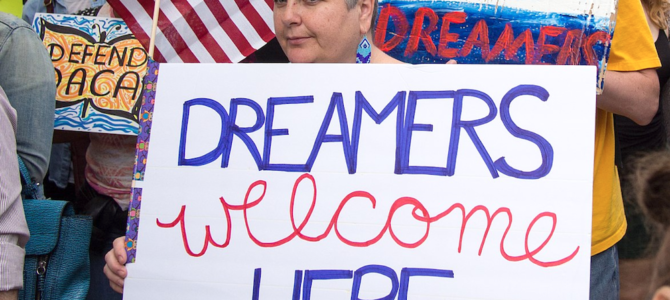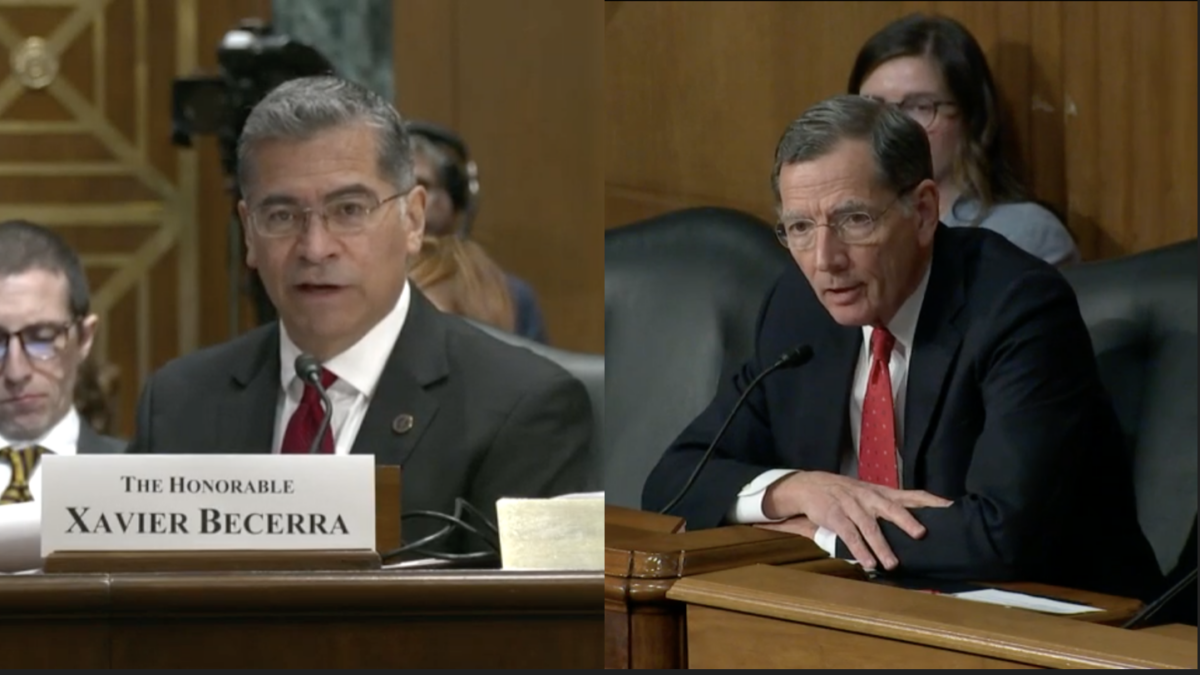
In a split 5-4 decision, the Supreme Court decided on July 18 to uphold giving work permits and temporary protection from deportation to some 650,000 illegal residents who qualified for President Barack Obama’s Deferred Action for Childhood Arrivals (DACA) program in 2012.
The decision basically kicked the can down the road, leaving the so-called Dreamers in a state of legal limbo as “documented illegal immigrants.” DACA can still be ended, but for now, this court ruling allowed Congress yet again to delay making decisions about illegal immigration.
I have been following the Dreamer issue in Congress for more than 10 years as a credentialed correspondent. Dreamers became highly visible in 2007 when Sen. Orrin Hatch, R-Utah, and his friend Sen. Ted Kennedy, the liberal Massachusetts Democratic icon, supported a “Dream Act” that would legalize about 100,000 U.S. high school graduates who had lived in the states since early childhood and were “dreaming” of going to college but couldn’t because of their illegal status. Most Americans were sympathetic to the Dreamers’ plight.
But like many good things, the idea got hijacked by those wanting to use its popularity to push their own causes, mainly by Democrats who wanted “comprehensive immigration reform” that would legalize more than 10 million illegal residents in the country, or recently by the Trump administration to build a wall. Legalizing Dreamers was the bait and switch, and DACA was Obama’s response — during a tight race for re-election in June 2012 — to keep Dreamers in the country, albeit still without legal status.
A lot of the rhetoric about Dreamers has been disingenuous, starting with the definition. The original definition, framed to make opponents appear heartless, is repeated without question by almost everyone: That is, Dreamers were “brought into the country illegally by their parents at an early age.”
“They are the best of Americans,” House Speaker Nancy Pelosi said recently. That compelling image of the little child brought in innocently and illegally drives huge sympathy for Dreamers. But not a single word of that narrative appears in either the DACA order nor in any Dream Act legislative proposals.
The legal definition of a Dreamer is anyone who “came into the United States before the age of 16” — or age 18 in Senate Minority Leader Chuck Schumer’s 2019-2020 Dream Act proposal.
In fact, it is estimated that about one-fifth of DACA recipients and Dreamers came into the country as teenagers. Many, including some pre-teens, came in alone as unaccompanied minors or with a trafficker, some with gangs. Most DACA recipients came in with a legal temporary tourist, student, summer worker, or dependent permit. When their permits expired, they deliberately and knowingly overstayed their visas, in the primary source of illegal immigration today, according to the Center for Migration Studies.
With their now-illegal status, they applied for DACA with the expectation they would eventually get a green card and thus circumvent the U.S. immigration system. Their average age now is 26, and they come from more than 150 countries, according to government statistics.
That is not the image most Americans have of DACA recipients and Dreamers. Most would agree abusing the law like this is vastly unfair to immigrants who are vetted and abide by the law, waiting years to get a green card.
For some reason — bias? laziness? a narrative too good to question? — reporters, editors, and anchors from left to right never seem to check the written definition of a Dreamer or DACA recipient, even though it is on the front page of the three-page DACA and the 2019 Dream Act proposal. Unfortunately, the continual repetition of the poignant Dreamer definition as a young child “brought in” “illegally” “by their parents” has harmed them. It has allowed Dreamers to be used as bait, encouraging an increase in illegal immigration via visa overstays.
Congress should immediately pass a stand-alone Dream Act. Those legalized as Dreamers, however, should be only immigrants who really were brought into the United States illegally at an early age by their parents, attended at least 10 years of primary and secondary school in the United States at U.S. taxpayers’ expense, graduated from a legitimate U.S. high school (not just received an equivalent certificate, as is allowed now), and speak English fluently (currently, Dreamers have no English language requirement).
These requirements could easily be documented and would ensure each immigrant has a strong attachment to the United States — not just four years, as the 2019 Dream Act requires. An added advantage? Immigrant advocates who oppose such a stand-alone bill would be exposed as opportunists who are using Dreamers as a bait-and-switch for their agendas to legalize massive illegal immigration.
Correction: This article has been updated to reflect that about one-fifth, not a quarter, of DACA recipients and Dreamers came into the country as teenagers.









